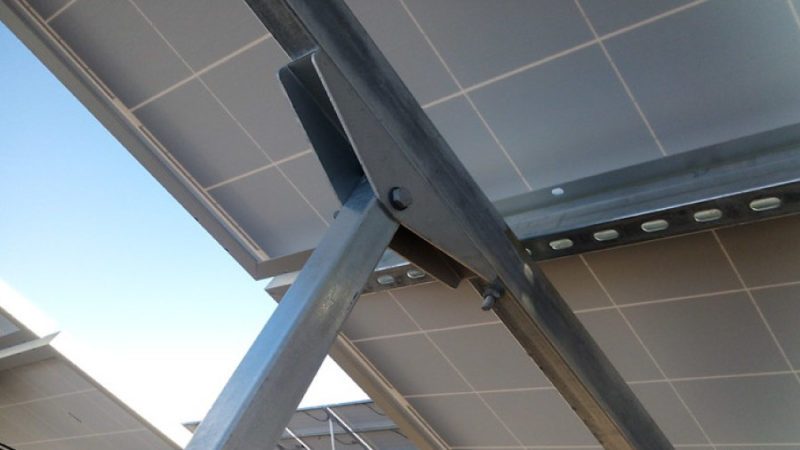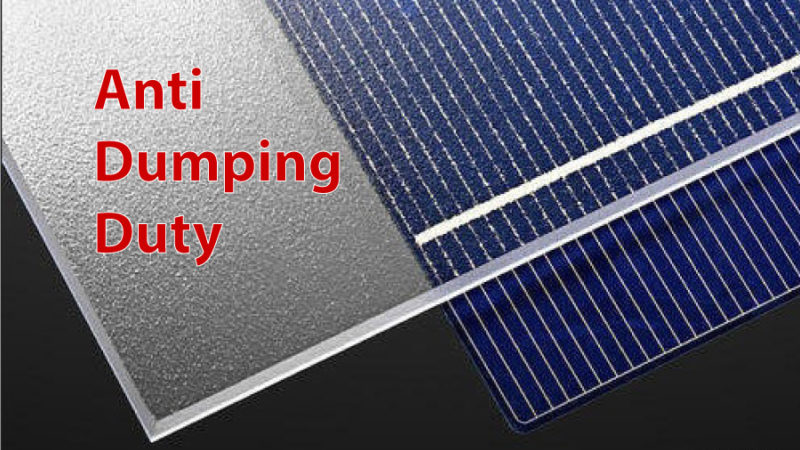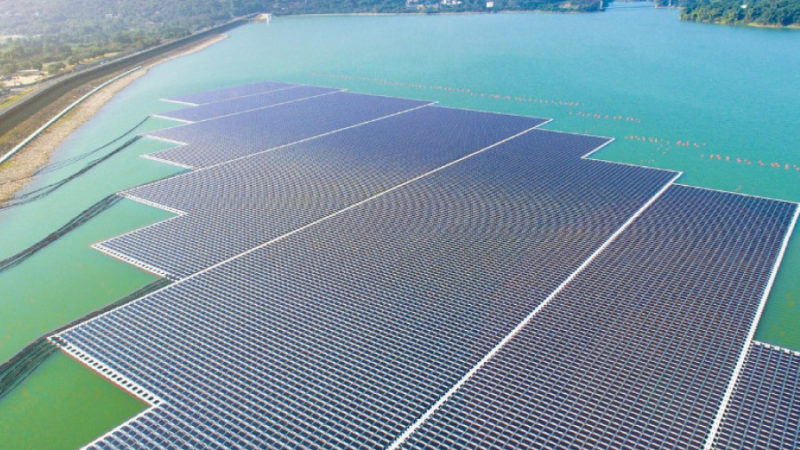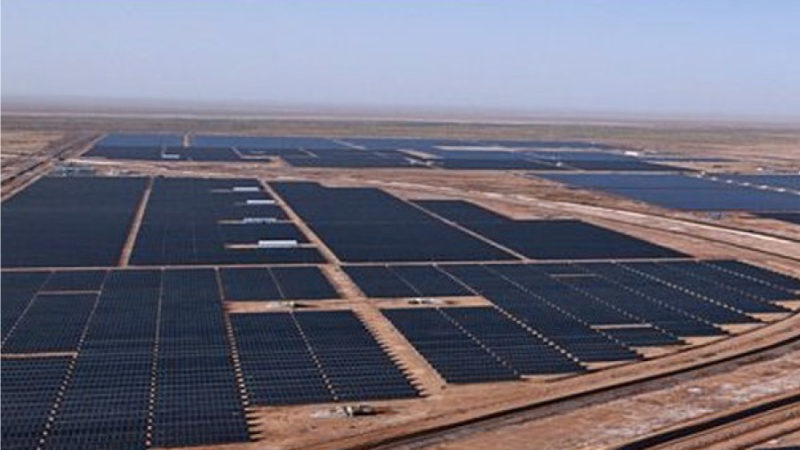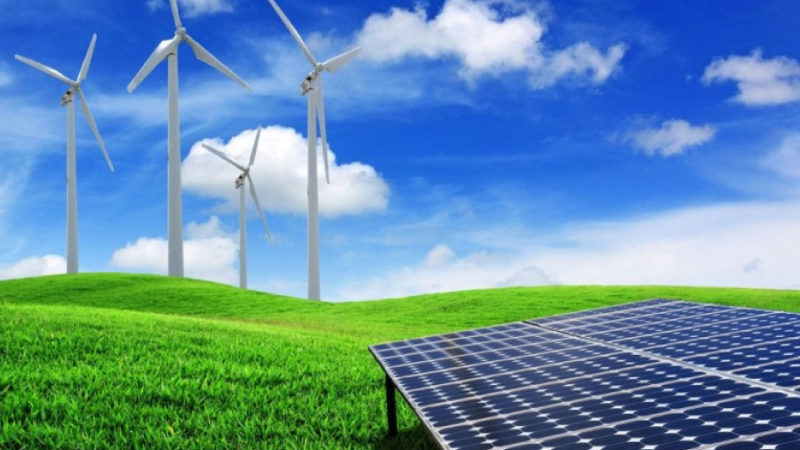String Inverters Increasing Market Penetration in India
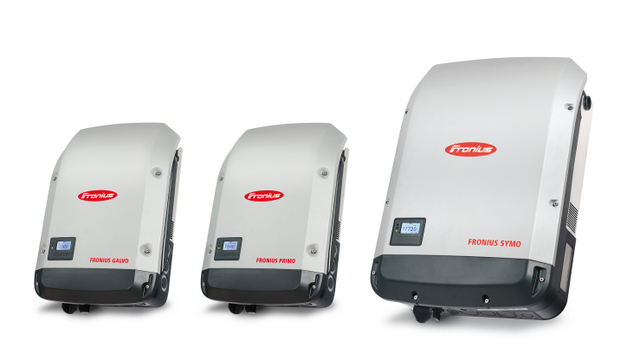
The solar demand and thereby the inverter demand in India has increased manifold due to power outages, unstable grids, costlier grid power and a strong push from the government through national solar mission. Though some of the leading players have quit Indian market to a large extent, quality players like Fronius is there to stay.
With a large spectrum of rooftop solar, still not explored owing to state level policies, economics being non-viable, unfavourable or long approval loops by DISCOMS, still there’s a great scope to unravel. That’s how the solar market had evolved in the past and continuing to do so.
The reasons for choosing string inverters over central inverters are many. Its relatively small size has an advantage where transporting large and heavy central inverters to the project site is difficult and has its own challenges.
In case of failure, replacing a string inverter is both easier and inexpensive. As string inverters are connected to a series of solar panels and not the entire system of panels, any failure or shading does not affect the performance of the entire system. It also provides greater flexibility in making design choices for the balance of system (BOS).
Market Trends
With market focus shifting from 1000 to 1500 Vdc systems, aggressive pricing, flexible warranty norms and value added features, string inverters have not only been popular in the rooftop segment but also in the grid connected utility scale projects. Many cases are evident that even for a 100+MW, EPCs and developers still prefer a string inverter over a central.
The string inverter market carries the potential to add to the global market growth in a unique and sensible way. Likewise, the 3 phase market segment is anticipated to exhibit a considerable growth. Other promising segments of the world of string inverter market could include standalone and on-grid string inverter by product, 10 KW and 11 KW–50 KW by power rating, and residential and commercial by application.
They also come with PV-DG sync. possibilities, micro-grid compatibility, off-grid solutions with battery backup and above all light weight, robust and weather tolerant, that they can work and deliver in acute climatic conditions. Easier mounting, better and effective trouble shooting, also scores in its favor. These aspects overall increase the foothold of string inverters with every quarter and every year in India.
Opting for String Inverters
String inverter takes much lesser time to start as it can start at lower voltage in comparison to central inverters and with multiple Maximum Power Point Tracking (MPPTs), it improves energy harvest and cost savings. The major obstacle for greater adoption of string inverters is the cost, without doubt.
The price difference between a central inverter and string inverter is around ₹1.5/W, whereas that cost is offset with features such as redundancy, string level & in cases module level monitoring etc. Technology advancements have made them quite apt for the growing market.
Gone are the days when one had to wait for the tech savvy professionals to guide them with energy generation profiles, troubleshooting aspects of a PV system, in particular that of the inverters. With state of the art monitoring portal available in the palm of our hands, systems these days are more than reliable and better.
If we ask ourselves, “Are string inverters going to completely replace central inverters?” Then the honest answer could be a quick no. Whereas in the near future, string inverters will certainly see much greater market share with reduction in sizes in terms of capacities and reduction in price.
A user can adjust and set his preferences for consumption from grid and consumption from solar. This has made string inverter sales on a ratio of 8:1, with the bigger chunk being that of string inverters against central inverters, in terms of its flexibility and features.
Still WoodMac’s study finds central and three-phase string inverters to see the sharpest drops in revenue of any product type from 2019 through 2024, but micro inverters, single-phase string inverters, DC optimizers and hybrid inverters will instead experience growth in that time frame. Also the top 5 global inverter suppliers have declined by 10% last year due to price pressure and fierce competition.
Lack of Awareness
Inspite of proven track record with projects through string inverters, the common man is still reluctant to adopt solar owing to multiple reasons including better and effective financing means not being available, reliable energy generation, after sale warranty from EPCs who can give an assurance that they will withstand the tests of time.
Customer awareness sessions can play a large role to be an eye opener to the clients who have their own assumptions about solar. All the myths and stigma of inverters and their role in solar can be well articulated should there be time to time engagements with all the stakeholders concerned.
With the recent verdict by MERC allowing net metering to continue, thereby eradicating doubts of horizontal deployment in other states (of scrapping net-metering), calendar year 2020 has begun on a good note. Yes, Solar is here to stay.
Road Ahead
Now it’s the time to reap its riches, to harness, to bring a solar wave to this society that we live in. This is that time of the year to increase solar’s foothold to a greater magnitude, of course after a right selection of the EPC, right component matrix and more importantly the right stringer inverter, which though known and accepted as the “Heart of a Solar PV system” is still overlooked. May the times change for good!



